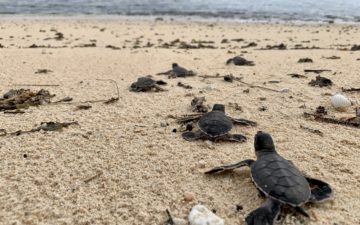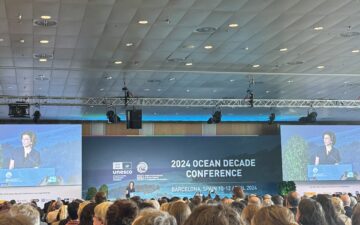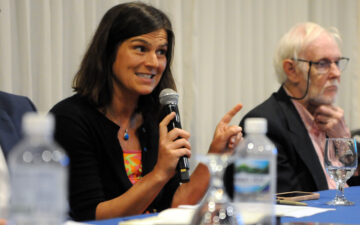Letter from a TOF Grantee: Where we now are with Corals of the World
By Charlie Veron
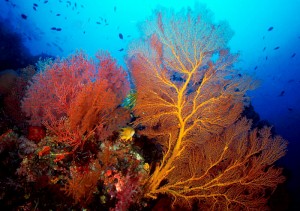
Corals of the World is a project that began with a five-year effort to put together what became a 3-volume hard copy encyclopaedia with photographs illustrating the global diversity of corals, published in 2000. Yet that massive task was just the beginning—obviously we needed an interactive on-line, updateable, open-access system that included two major components: Coral Geographic and Coral Id.
This week we can triumphantly announce that Coral Geographic, one of the two major components of Corals of the World, is up and running although (sorry) it has to be password protected until it is ready to launch. It is designed to give users a new tool to find out all about what corals are where. In so doing it far exceeds all original expectations as it allows users to select different parts of the world, combine or contrast them, immediately generating the maps and lists species to do so. The website engineering involved, running on a Google Earth platform, has taken over a year to develop, but has been time well spent.
The other major component, Coral ID will hopefully be less of a technical challenge. It will give all manner of users immediate access to information about corals, helped along by easy-read descriptions and around 8000 photos. Species pages have been designed and we finally have most of the components including vast computer readable data files in advance states of preparation. A prototype works OK – just needs some fine tuning and linking with Coral Geographic and vice versa. We plan to add an electronic key (an updated website version of the old Coral ID CD-ROM) to this, but that is on the backburner at the moment.
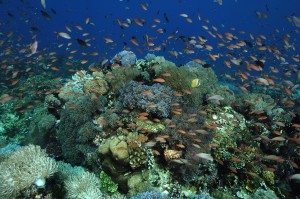
There have been a couple of delaying factors. The first is that we have rather belatedly realised that we need to publish the key results of our work in peer-reviewed scientific journals ahead of release of the website, otherwise somebody else will do this for us (such is the way science is heading). An overview of coral taxonomy has just been accepted by the Zoological Journal of the Linnean Society. A second major manuscript on coral biogeography is being prepared now. The results are fantastic. Lifetimes of work has gone into this and now for the first time we are able to pull it all together. These articles will also be on the website allowing users to jump between broad overview and fine detail. I believe all this will be a world first, for marine life at least.
The second delay is more challenging. We were going to include a vulnerability assessment of species in the first release. Then, having done an assessment of the vast amount of data we have, we are now planning to build a third module, Coral Enquirer, which goes way beyond vulnerability assessment. If we can fund and engineer it (and this will be a challenge on both counts), this will provide science-based answers to almost any conservation question imaginable. It is very ambitious, so won’t be included in the first release of Corals of the World which we are now planning for early next year.
I’ll be keeping you posted. You can’t imagine how grateful we are for the support (rescue funding) we have received: all this would have collapsed into oblivion without it.
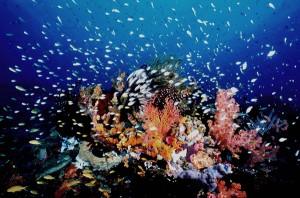
Charlie Veron (a.k.a. JEN Veron) is a marine scientist with a wide ranging expertise in corals and reefs. He is the former Chief Scientist of the Australian Institute of Marine Sciences (AIMS) and is now Adjunct Professor of two universities. He lives near Townsville Australia where he has written 13 books and monographs and about 100 semi-popular and scientific articles over the past 40 years.
